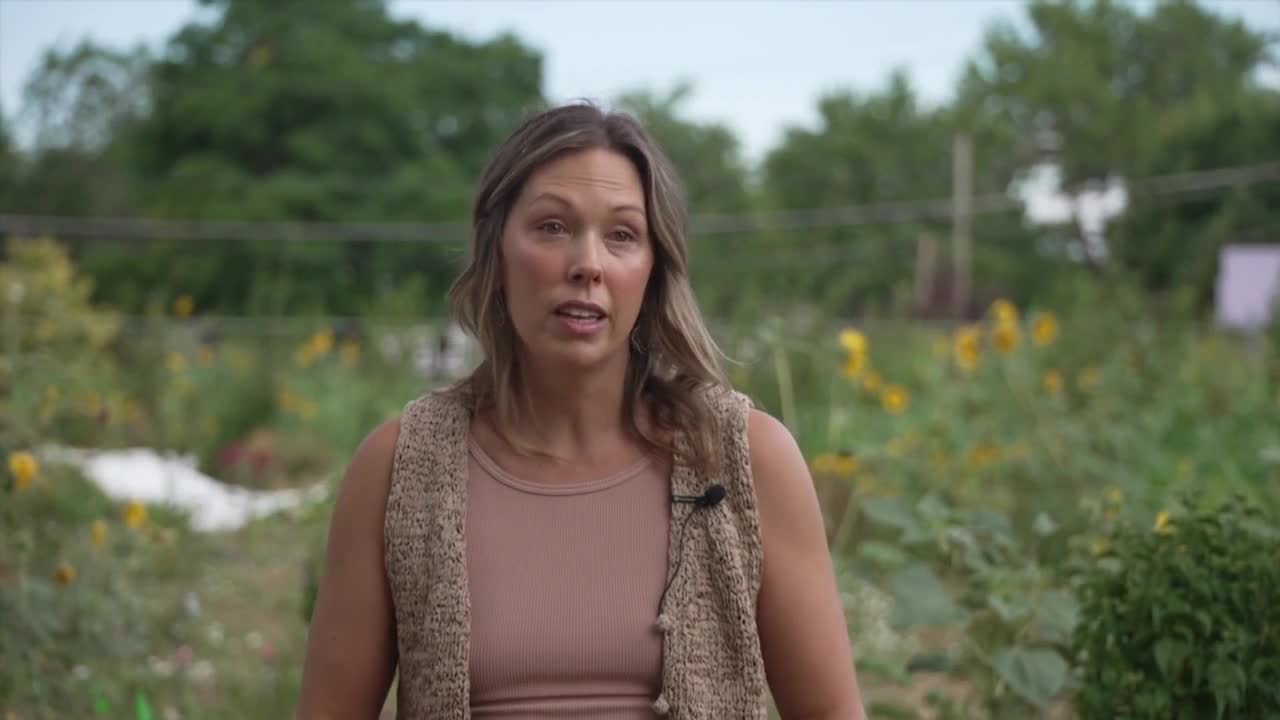DENVER — Behind Bradley International School in Denver lies a one-acre plot of land that Denver Public Schools (DPS) has converted into a farm. The tons of produce gathered there goes directly to students all across Denver, and the land provides a space for children to learn about how their food is grown.
The urban farm initiative, which began over a decade ago, aims to steadily increase the amount of locally grown produce delivered to school cafeterias. Lindsey Long, a registered dietitian with DPS, said the mean reason she decided to work for the school district two years ago was because of this program.
“Every single school in Denver Public Schools has access to this fresh produce,” Long said. “When you look at the nutrient density of a locally grown watermelon compared to something that you would get in a grocery store, it could have up to 40 times more nutrients just because it's grown locally.”
The food is grown at Bradley International School, Schmitt Elementary School and Glenbrook Greenhouse, before being shipped to a central warehouse. Once there, the food is organized and sent to schools across Denver based on their student population. The goal is to get more nutritious food to students, but also to teach them about the growing process.
“Not all kids in urban areas have access to fresh-grown produce, so they’re less likely to eat it if they don’t see it,” Long said, who believes the regular school field trips to the farm sites are important educational tools. “When kids are exposed to the process of growing food… they become invested.”
Mike Fedison, one of the farmers hired by DPS to manage the Bradley farm, uses traditional agricultural techniques designed to get the most yield out of a small area of land.

“This is not something I invented. This is a 1000-year-old practice that wizard human farmers have figured out a long time ago to grow the most amount of food in a small area, which is what we're confronted with,” Fedison said.
Fedison employs a polyculture farming system to get the most out of the one-acre parcel of land he works with. Many different crops are grown together in the same area. Some are tall and viny, others are short and wide, and they work in symbiosis with each other in the cramped space. Melons, cantaloupes, beans, squash, watermelons,and corn are planted in between rows of plum trees, which will start producing fruit within the next couple of years.

“The more species we have working together, the more resilient and effective and productive the system is going to be,” Fedison said. “It's really interesting to learn all the different ways to grow plants, and the differences from year to year, and just to get better and better at it.”
Last year, the small farm produced over four tons of melons, and Fedison expects this year’s batch to be even higher. The melons will be ready to harvest right at the start of the school year.





